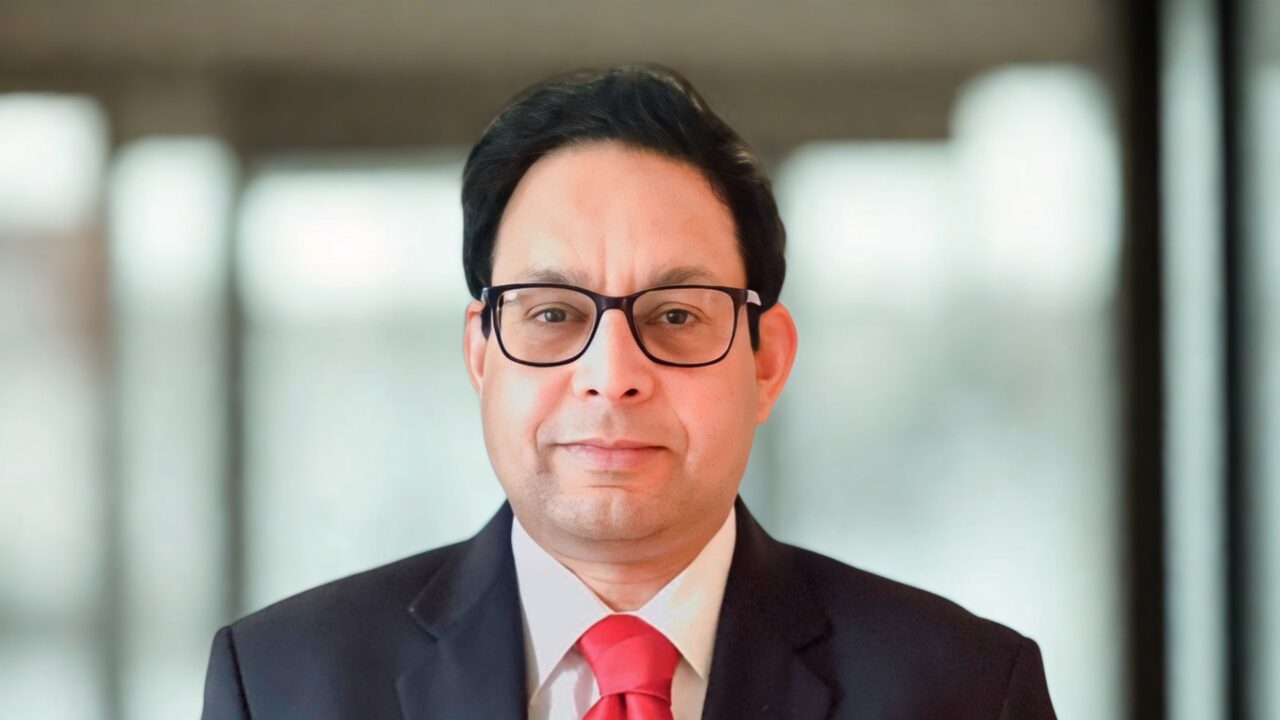George Kumar, Senior Director of Medical Diagnostics, Pan Tumor and GI Cancers at AstraZeneca, shared a post on LinkedIn:
“What It’s Like to Face a One-in-a-Million Cancer!
After an unthinkable diagnosis, the Wall Street Journal editor learned how challenging it is to find treatment and support for a rare disease – and discovered reasons for hope.
The National Cancer Institute defines a rare cancer as one diagnosed in fewer than 15 individuals per 100,000 each year. Within this category, ultra-rare cancers are even less common, affecting only a few people per million annually.
Here are some examples of rare and ultra-rare cancers:
- Adenoid Cystic Carcinoma (ACC): A rare cancer of the salivary glands and other secretory tissues.
- Chordoma: A malignant tumor that arises from remnants of the notochord, typically along the spine or skull base.
- Anaplastic Thyroid Carcinoma: An aggressive and extremely uncommon form of thyroid cancer.
- Clear Cell Sarcoma: A soft tissue sarcoma that often develops in tendons and aponeuroses of young adults.
- Erdheim–Chester Disease (ECD): A very rare histiocytic neoplasm involving multiple organ systems.
- NUT Carcinoma (NUTM1-rearranged carcinoma): An ultra-rare, aggressive squamous cancer usually arising in the midline structures of the head, neck, or thorax.
- Malignant Rhabdoid Tumor: A highly aggressive cancer most often diagnosed in infants and young children.
Fibrolamellar carcinoma (FLC) is another example. It is a rare subtype of liver cancer, distinct from conventional hepatocellular carcinoma (HCC). FLC typically affects adolescents and young adults without underlying liver disease or cirrhosis, and has an estimated incidence of about 1 in 5 million people per year – placing it in the ultra-rare cancer category.
Screenshot Courtesy: The Wall Street Journal and Brian Stauffer.
Rare cancers may affect small numbers, but their impact on patients and families is profound. By definition, each occurs in fewer than 15 per 100,000 people – and ultra-rare cancers affect only a few in a million.
For too long, these diseases have been underserved: patients face delayed diagnosis, limited trial opportunities, and scarce treatment options. But there is hope.
Advances in next-generation sequencing, basket and umbrella trials, and tumor-agnostic approvals are opening new pathways for patients with rare cancers. AI and digital pathology are helping us recognize rare tumor morphologies. Patient advocacy is amplifying the call for equity and access.
It’s time to do more – together. By expanding awareness, strengthening global collaborations, and ensuring equitable access to diagnostics and therapies, we can make a difference for patients with rare cancers.
Every patient deserves the same chance at precision medicine, no matter how rare their diagnosis.”
More posts featuring George Kumar on OncoDaily.


